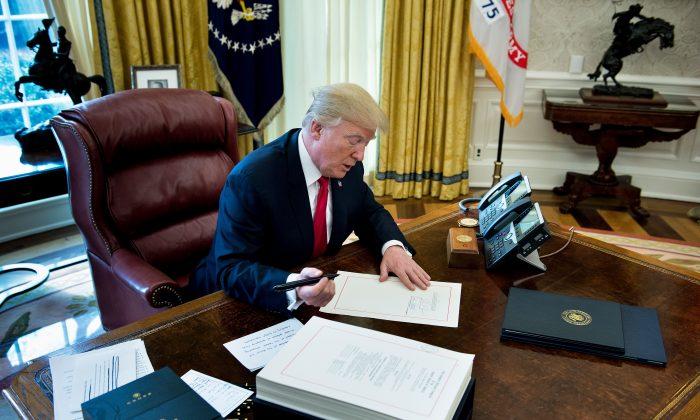Commentary
Four years after President Donald Trump and congressional Republicans passed the Tax Cuts and Jobs Act (TCJA) into law, IRS data prove the historic legislation benefited those in the working- and middle-classes more than the wealthy.

Four years after President Donald Trump and congressional Republicans passed the Tax Cuts and Jobs Act (TCJA) into law, IRS data prove the historic legislation benefited those in the working- and middle-classes more than the wealthy.